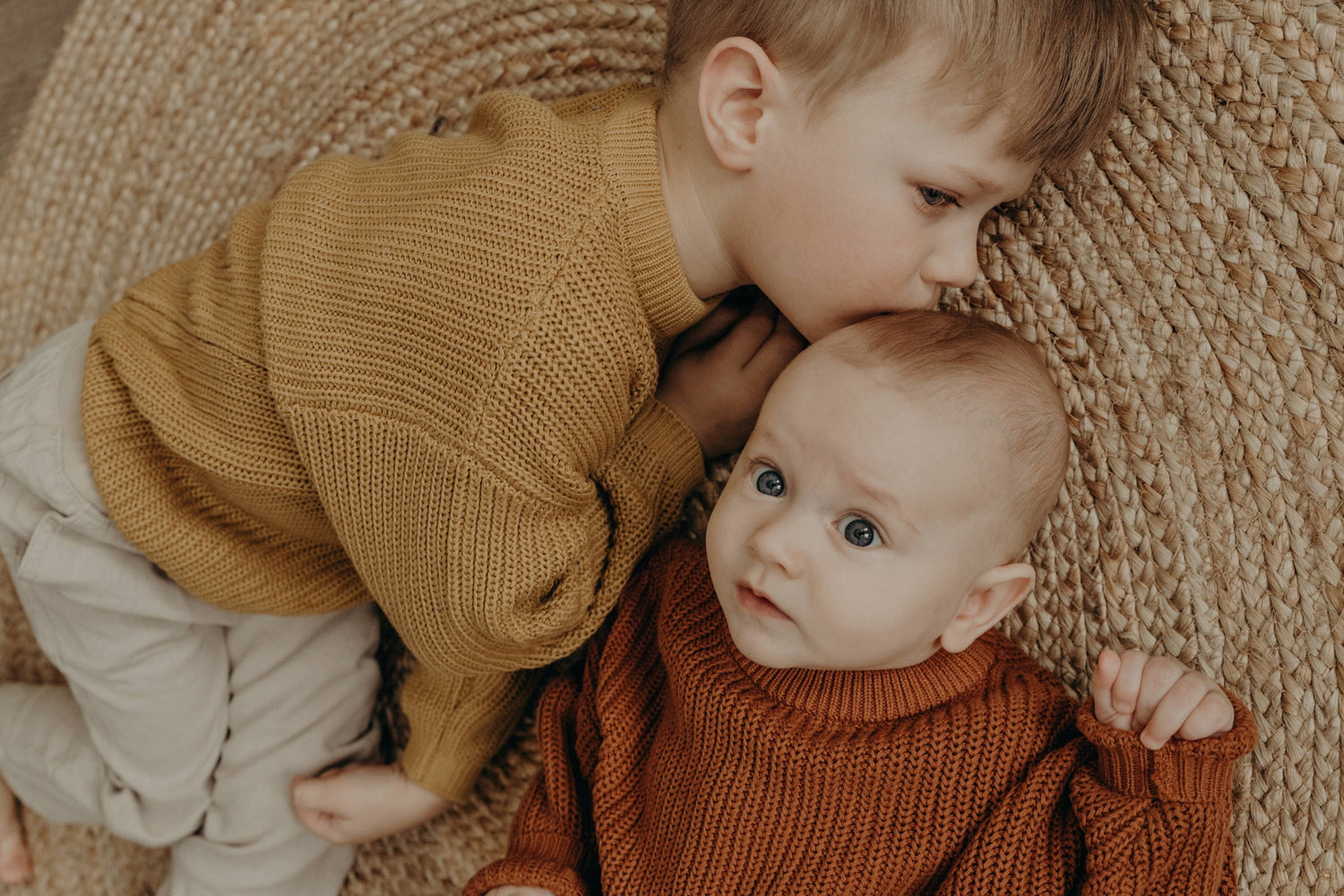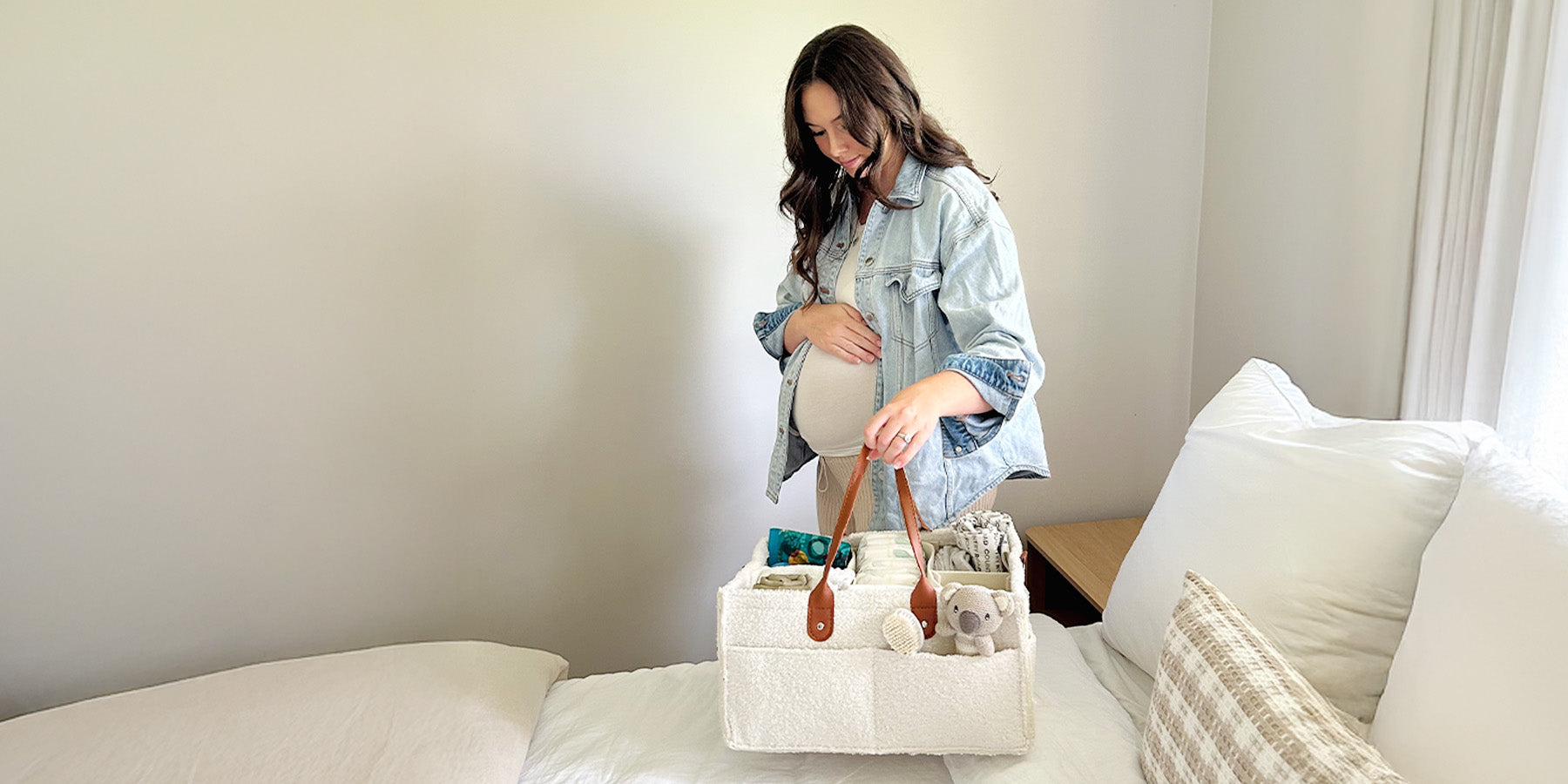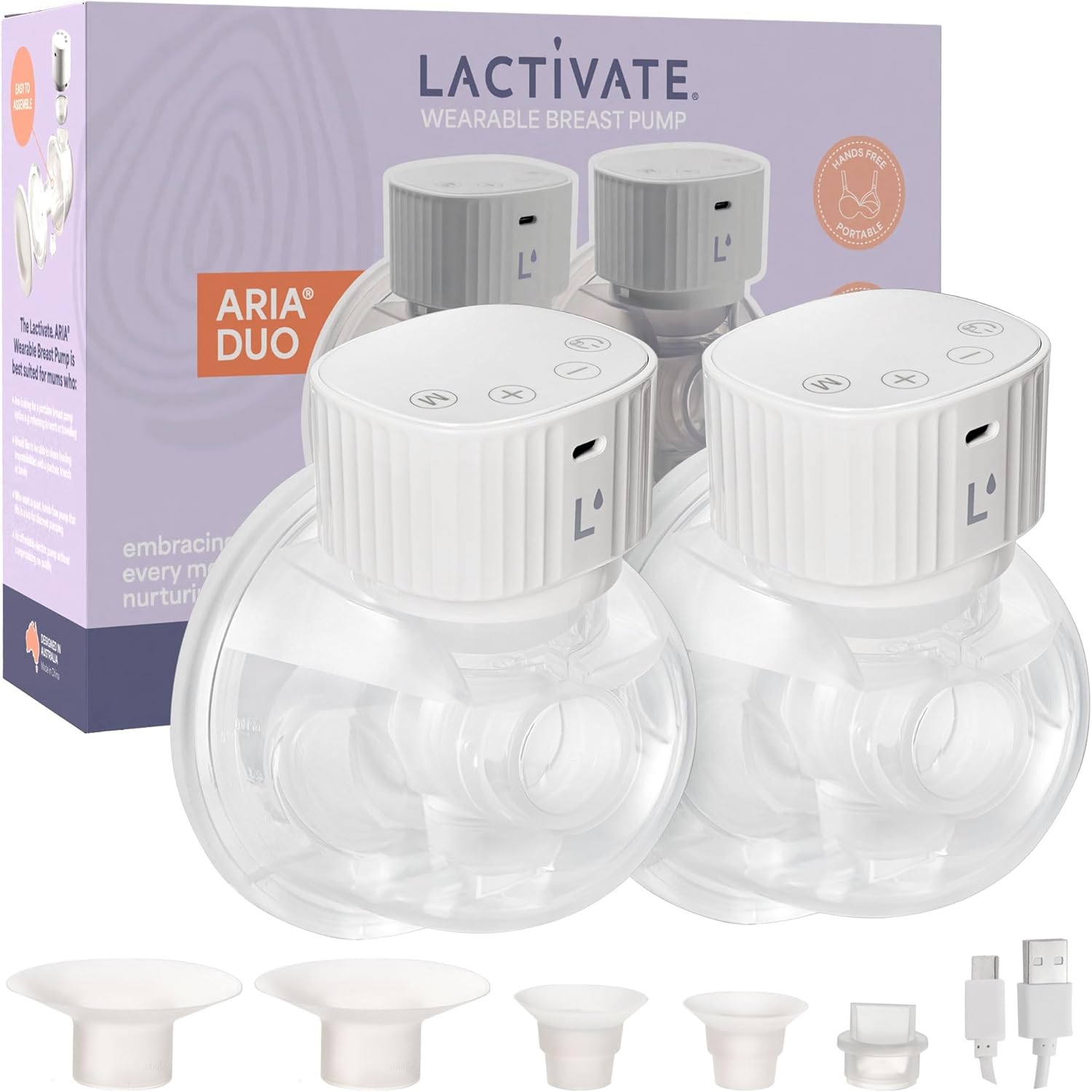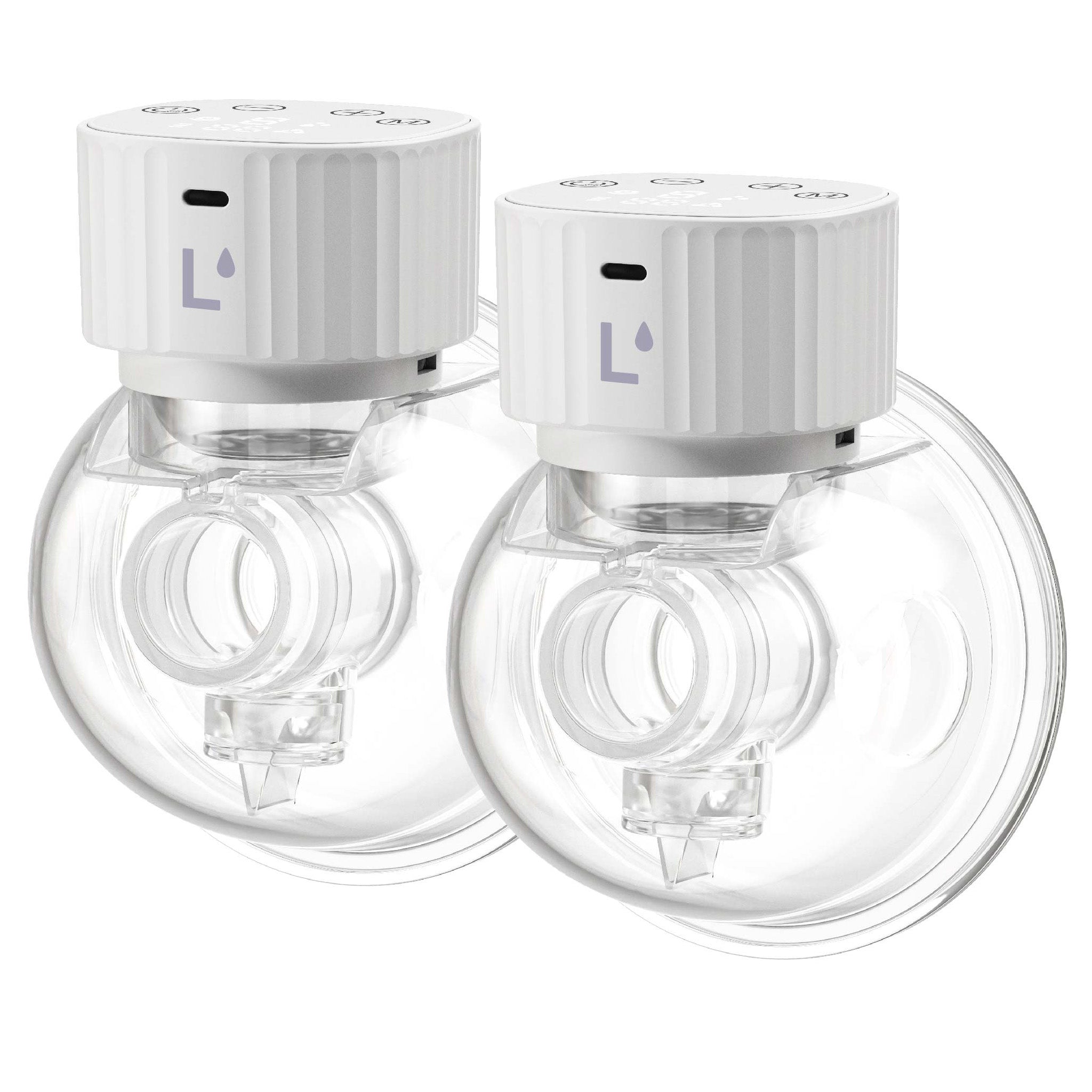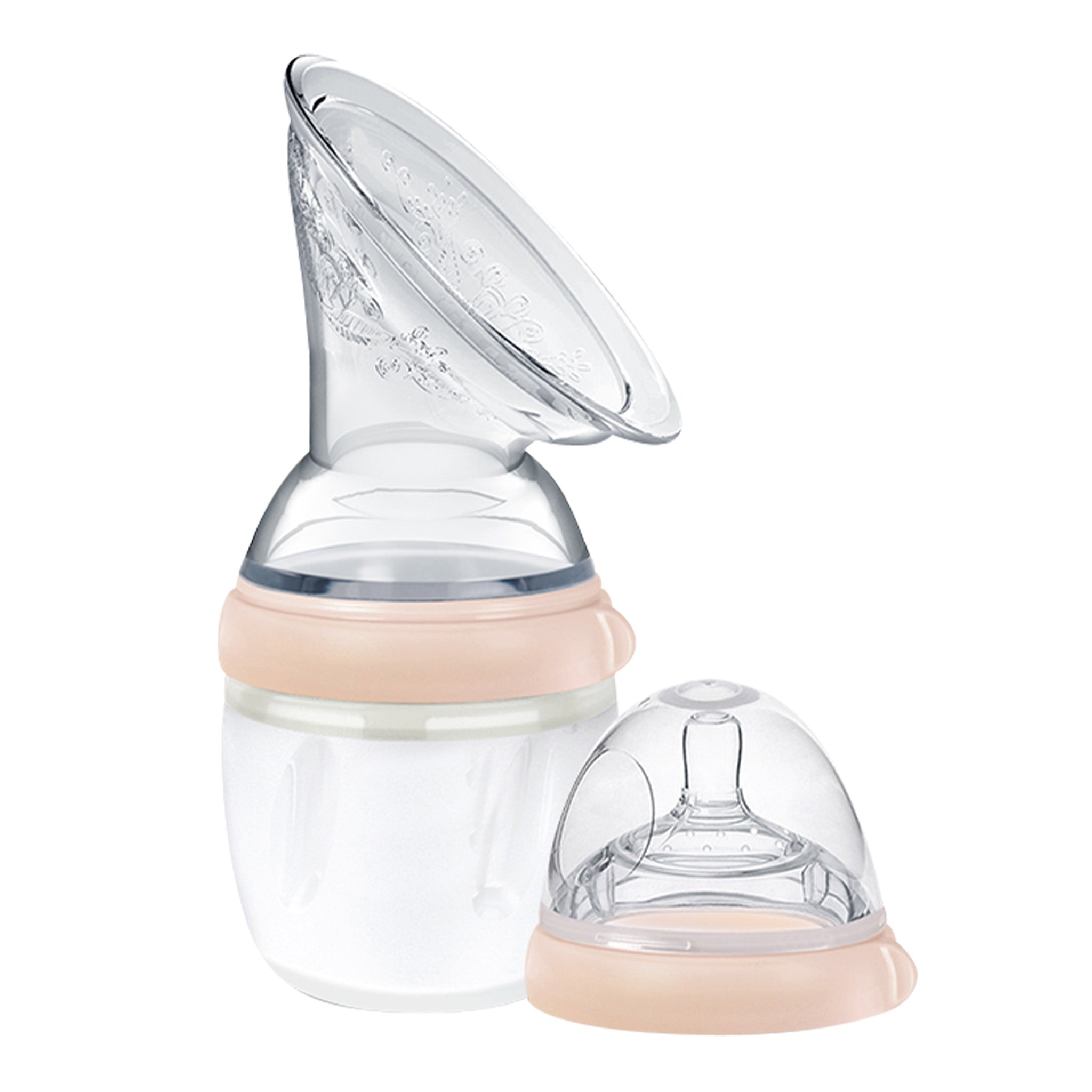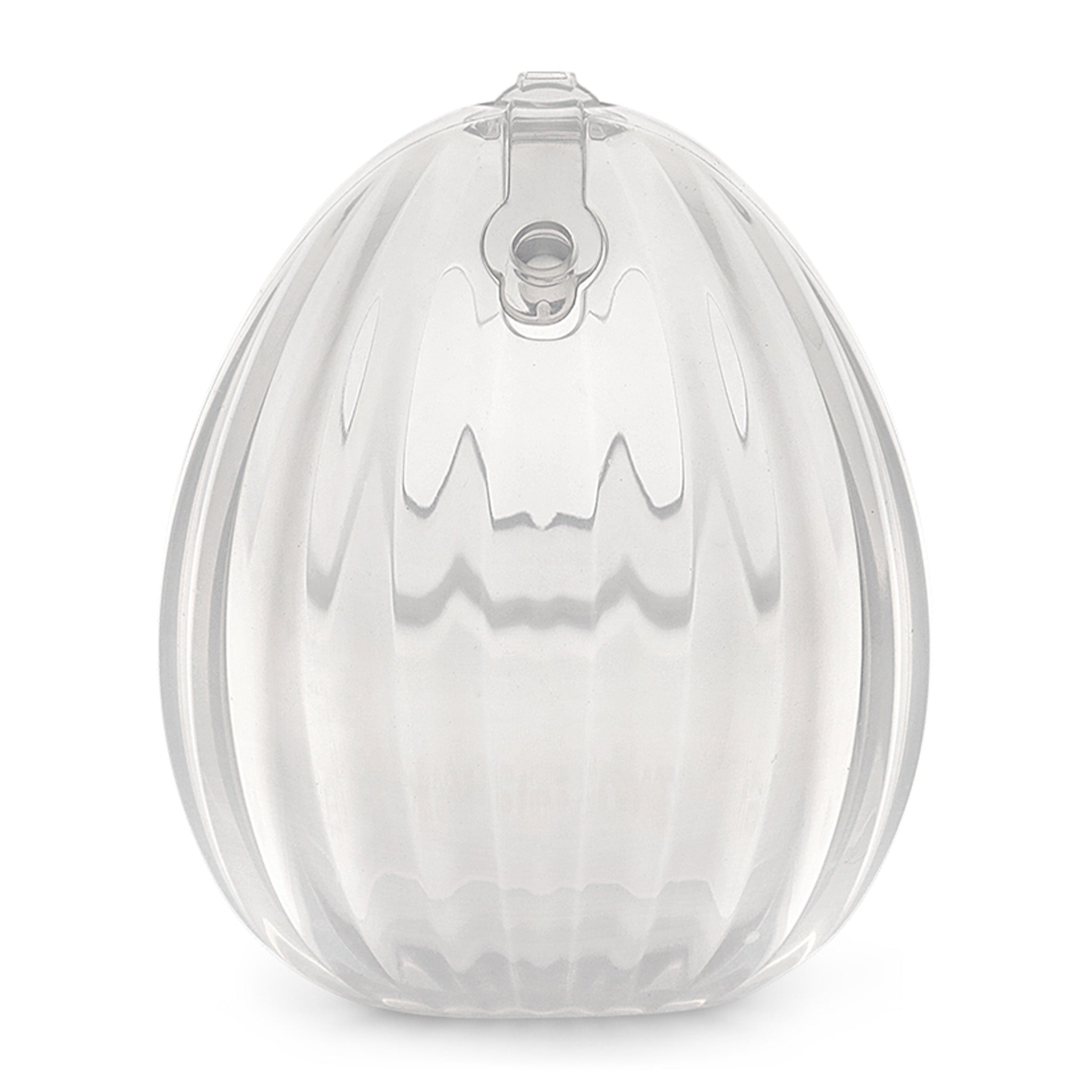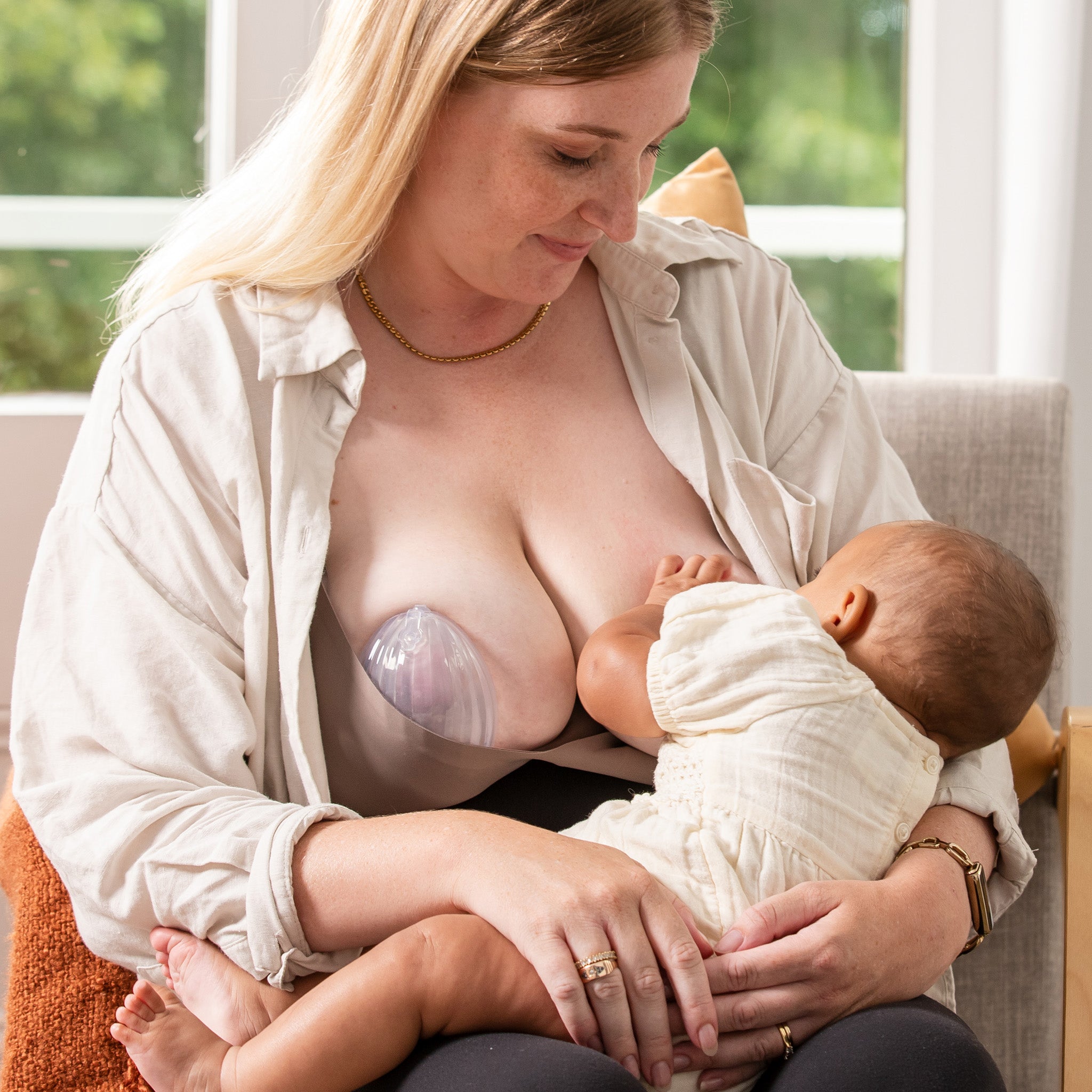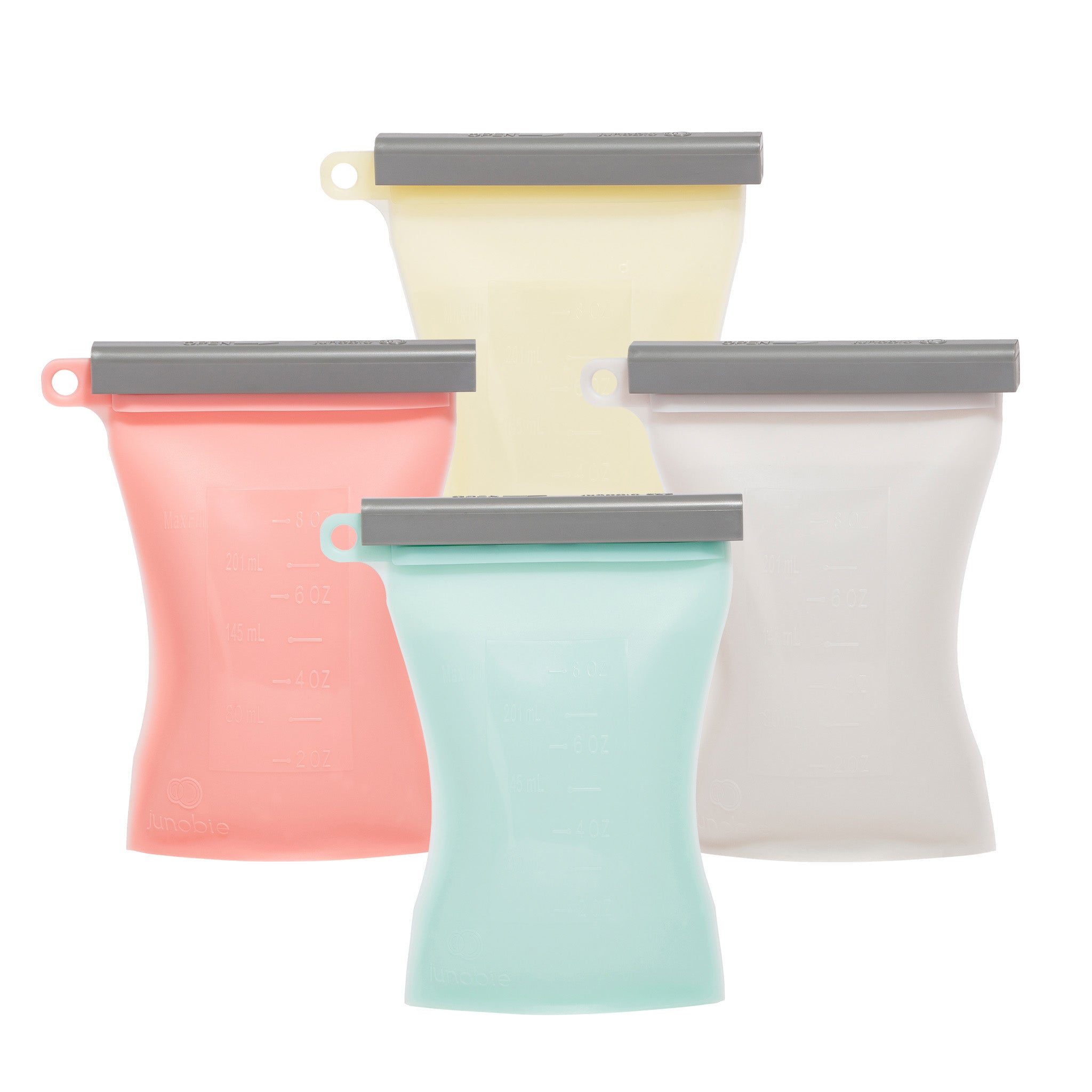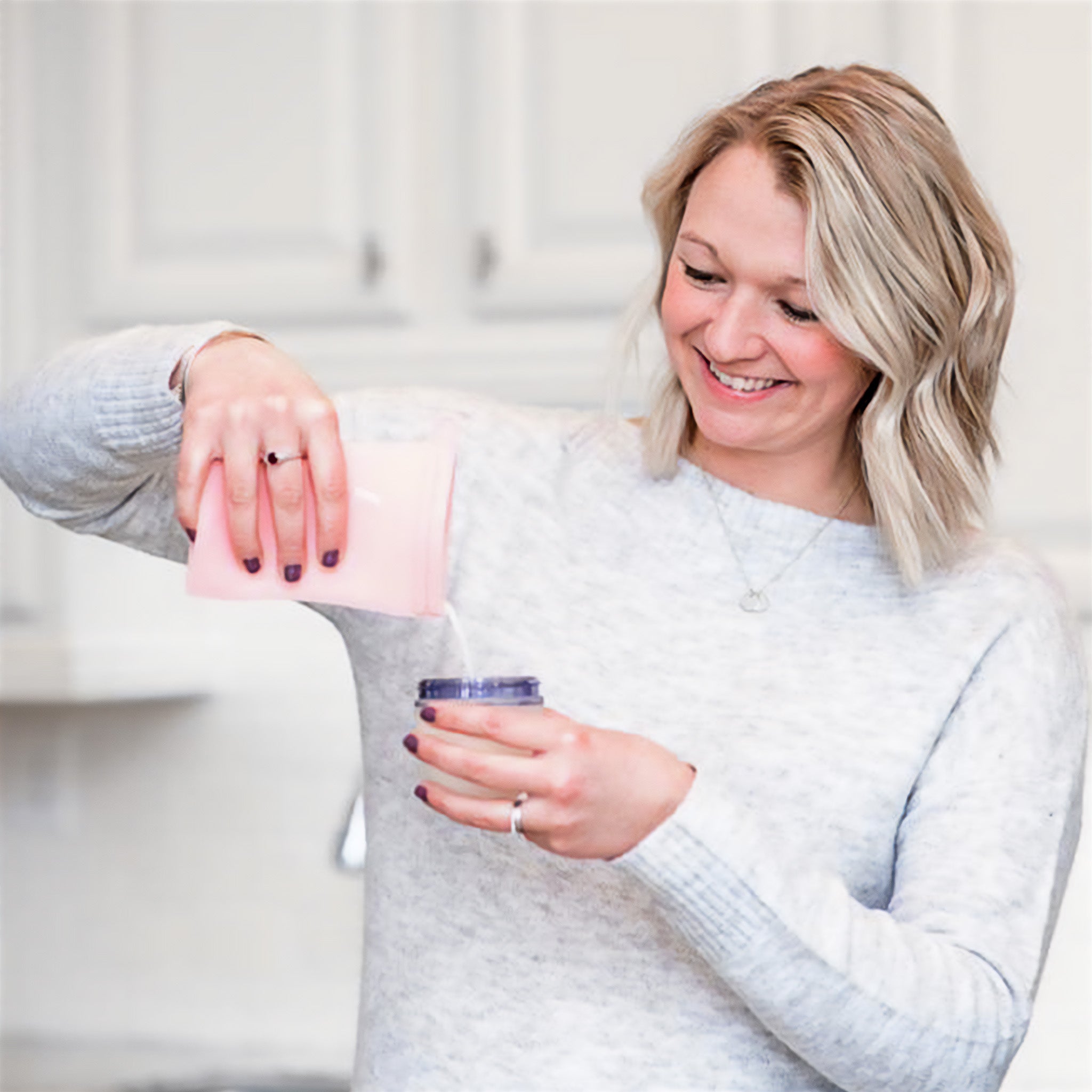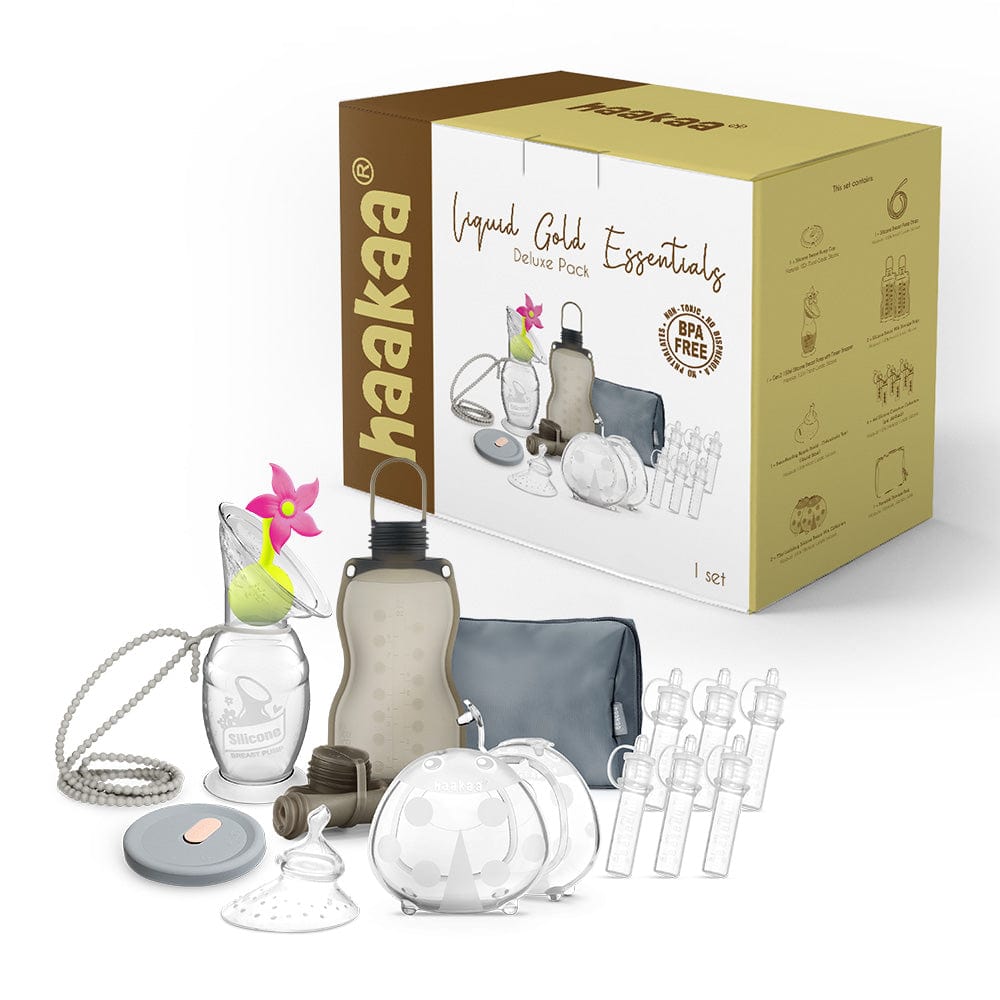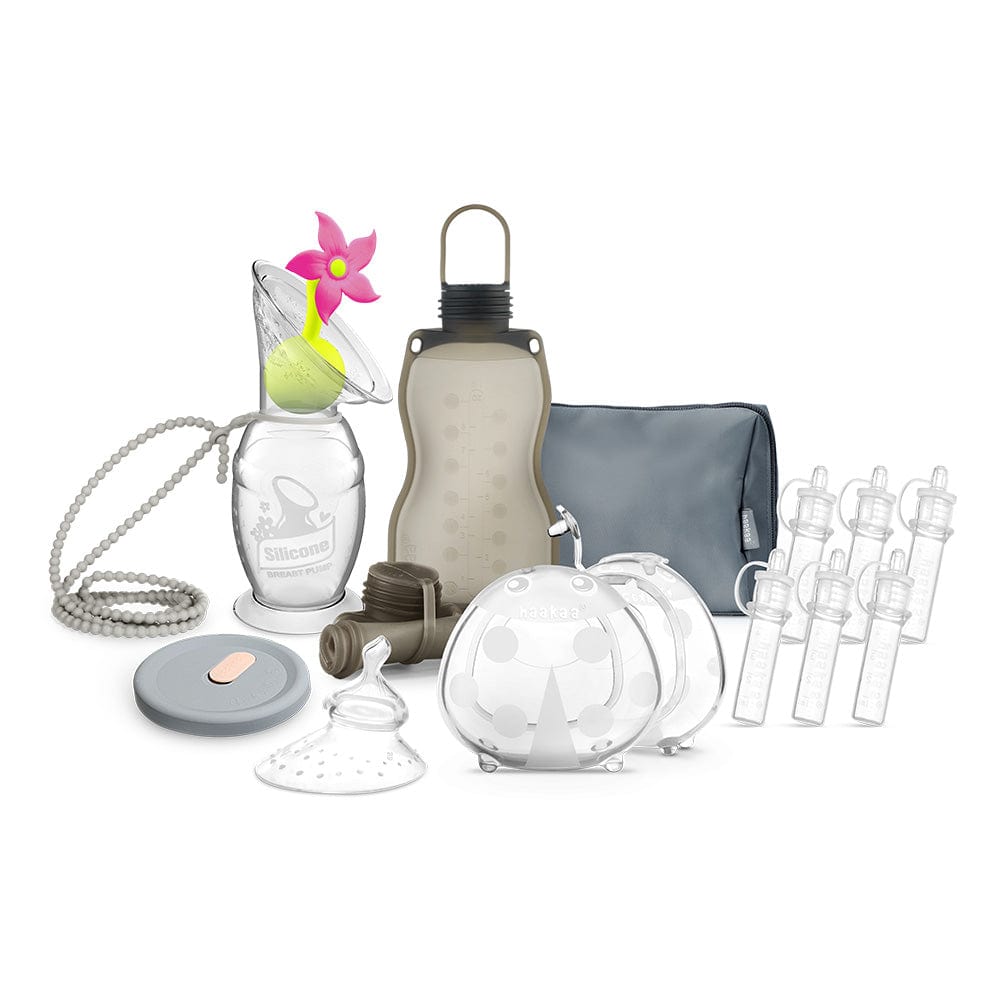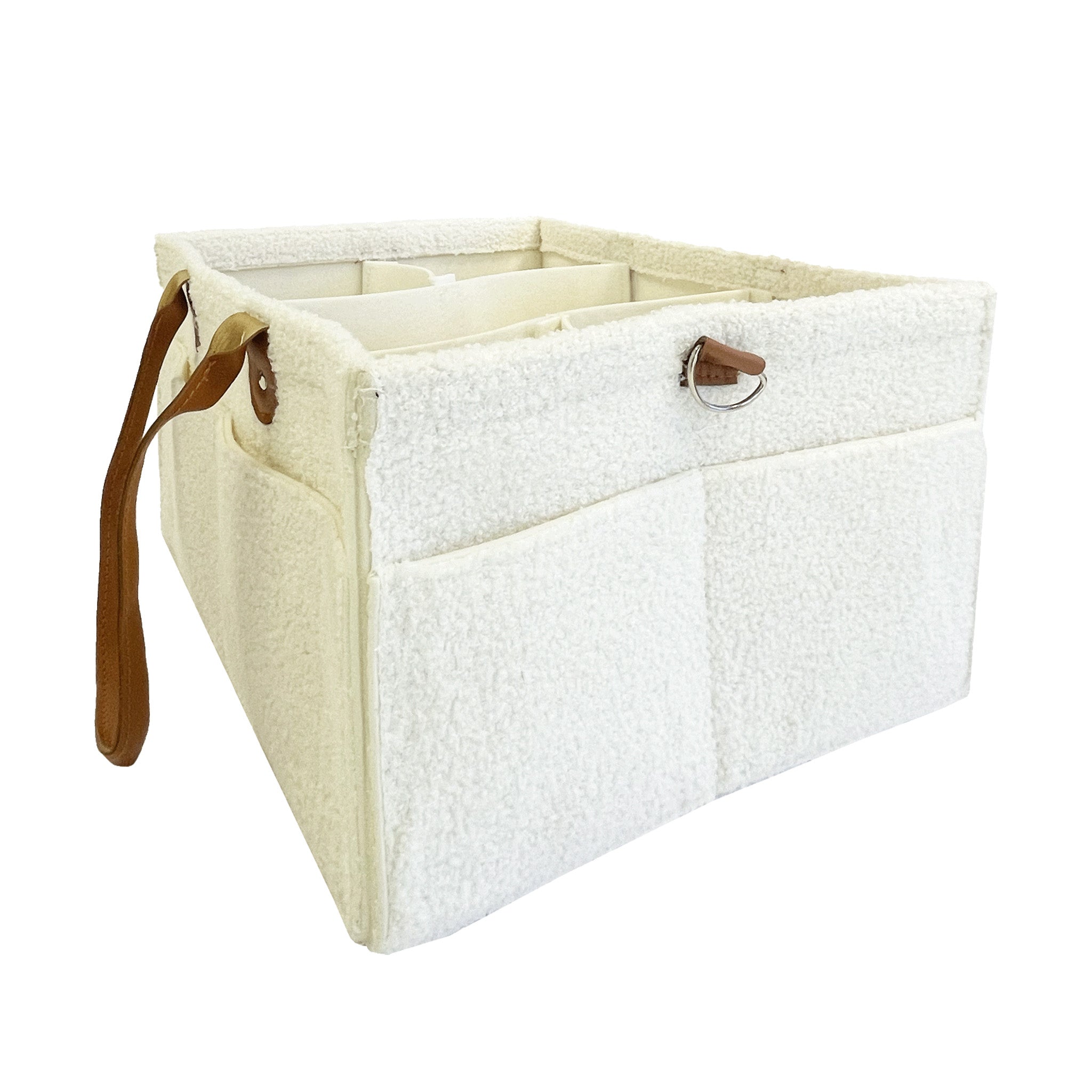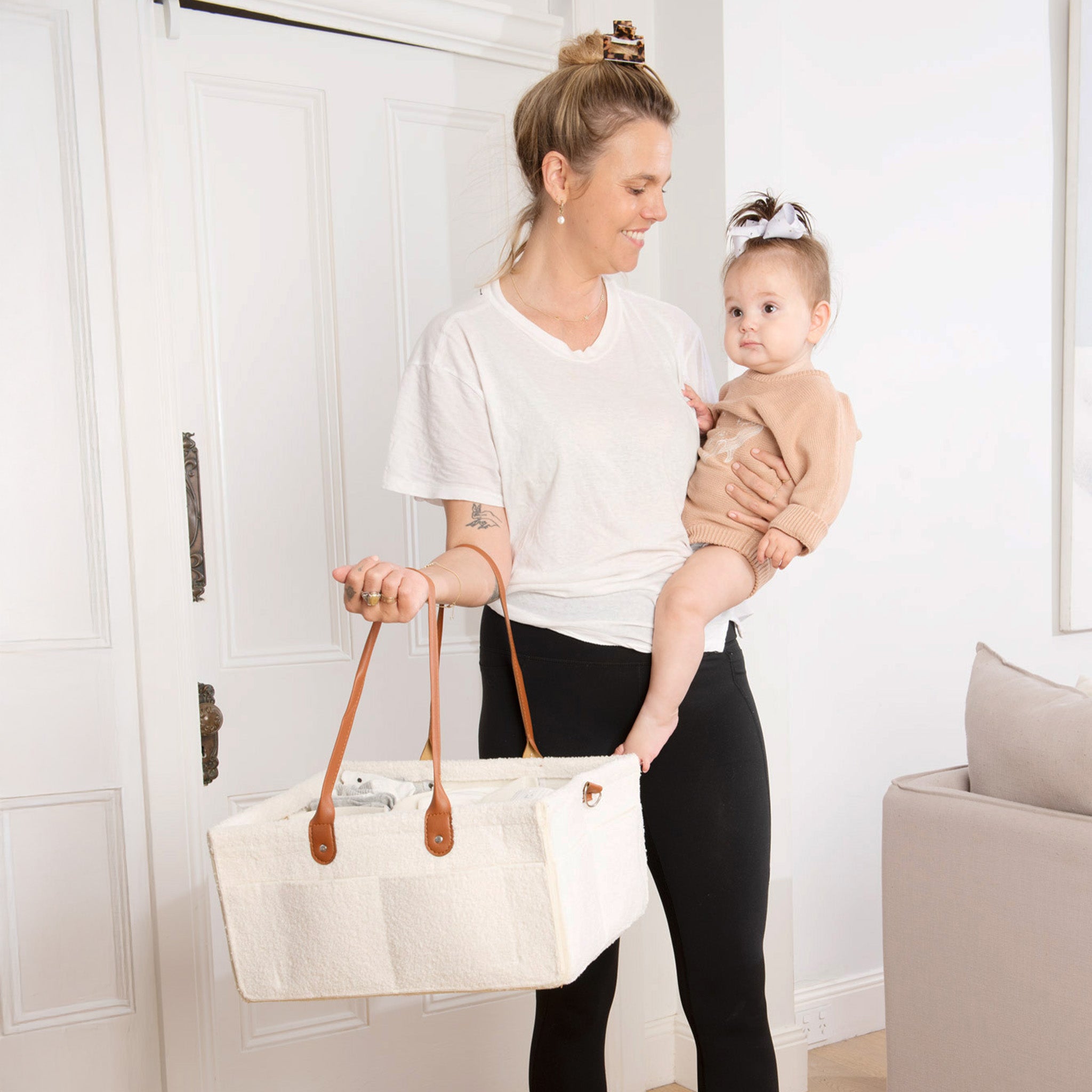Feeding more than one baby? Mama, you’re a superstar! Breastfeeding can be an exhausting, overwhelming experience with one bub at the boob, let alone when there is two (or more!). It’s important to note that, just like all breastfeeding relationships, tandem feeding can look different for every family and there is no one ‘right’ way to do it.
We’ve got some suggestions however for how to manage moving from one to two, some top tips for tandem feeding twins and the general lowdown on how to survive with your boobies (and sanity!) intact.
What is tandem feeding?
The term ‘tandem feeding’ is used when a mama is feeding more than one child at a time. This may occur with multiples, like twins or triplets, or with siblings. Tandem feeding can be a very different experience, even for mum’s who have breastfed in the past, with a lot to juggle, quite literally.
Feeding a newborn and a toddler or older child
Got a booby obsessed toddler or older child then fall pregnant? This is usually the set up for a tandem feeding relationship. Some mums may consciously decide to tandem feed while for others, it just kind of happens after birth. It may be a lot to wrap your head around, but tandem feeding siblings has some pretty nifty benefits. According to the Australian Breastfeeding Association, tandem feeding often means an established milk supply, reduced risk of mastitis (thanks to an older child who will be loving an increase in milk volume) and the opportunity for a continued connection with your older child as they adjust to a new sibling.
Milk composition and the colostrum conundrum
Mothers who are considering tandem feeding siblings often wonder how it works, from a biological and nutritional perspective. Your breast milk will respond to the hormonal changes happening in your body during pregnancy. This can sometimes mean a decrease in supply and even a change in the taste of your milk. This may lead an older child to ‘self-wean’, though they sometimes return to the breast at a later time. Your breasts and nipples may also become sore and tender during your pregnancy. Sometimes mamas may find a nipple shield helps with this.
As your pregnancy progresses, your breasts will begin to produce colostrum again in preparation for birth. Both your newborn and older child can enjoy this nutrient dense first milk. Again, it will taste different to your regular breast milk and some toddlers may be confused but many don’t seem to be bothered and will happily latch on to enjoy some liquid gold. Your milk will then continue to adapt to suit the nutritional needs of your newborn as the body prioritizes their nutritional needs, pretty clever if you ask us!
If have have approval from your medical team, you can choose to express and store some of your colostrum from around 37 weeks gestation. Expressing colostrum during pregnancy means that you'll have some saved and on hand for after birth, should your baby need it. Perfect for those cluster feeding nights when your baby just wants to be on the boob! The Haakaa Silicone Colostrum Collector Set is a safe, easy-to-use storage solution for your liquid gold.
Related blog: How to collect Colostrum during pregnancy
The how to
So, how does tandem feeding actually work? Can you ‘run out’ of milk if your toddler feeds before your newborn? Do you need to feed both at the same time, all the time? No and no! Establishing tandem feeding can take a bit of getting used to and some trial and error but most families find a way that works for them. It’s important to note that your breasts can never ‘run out’ of milk and that your toddler will not be depriving your toddler of necessary nutrition. Your breasts will adjust to producing enough for two. Unless your older child is under one, they’ll also likely be eating and drinking a full and varied diet and thus feeding less/getting less of their calories from your milk. Some mums will try and prioritise feeding their newborn before their toddler while others are happy to feed both at the same time. Finding a comfortable place to sit or lie is important, as is setting some limitations with your toddler regarding when and how they can feed. ‘Booby after the baby’ can work, as can choosing a time when they can snuggle up for the first feed and/or a solo feed for some one-on-one connection time.
Feeding multiples
The idea of feeding twins, triplets (or more!) can definitely seem an overwhelming one but fear not mama, breastfeeding multiples is absolutely possible. The most common question women have when it comes to breastfeeding any number of bubs is; ‘will I make enough milk?’ Most likely? Absolutely yes. The vast majority of women can produce enough milk for their baby or babies. Breastmilk works on a supply and demand basis; the more a baby feeds, the more milk your body will make. When it comes to multiples, the increased level of sucking will signal to the body that more milk is needed ASAP. The best way to check whether your little ones are getting enough? Output. Wet nappies are the most effective way to check that enough of the good stuff is going in. Ideally you are looking for around 5 thoroughly wet nappies per day, a poo every 24 hours or so and a bub who generally looks hydrated.
Mother of twins Jade Walker (@jadewalkerhealth), pictured above, is open with her followers about the joys and challenges she faced while breastfeeding her twin daughters.
"What my twin breastfeeding journey taught me is that it doesn’t have to be perfect. And sometimes it’s not even possible to get the breastfeeding journey you’d hope for. But to breastfeed is such a gift I’ll never take for granted. Something I know many mummas couldn’t. And I see you. I hear you. I understand"
Jade is pictured above using the Haakaa Silicone Breast Pump to collect let down and leakage while simultaneously breastfeeding and bottle feeding her twins.
The how-to
Just like with feeding siblings, working out the best way to feed your bubs is going to take some trial and error. Multiple mums will often find they end up with a mix of feeding styles including feeding one after the other and feeding one baby on each breast at the same time. There are several different breastfeeding positions that often work best for tandem feeding, including the twin or football hold, front V hold and lying down.
While specific equipment certainly isn’t essential, things like a breastfeeding pillow, especially one designed for twins can be super helpful for comfortable positioning as you’re going to be spending a lot of time breastfeeding! Some mums of multiples, especially those who’ve had a premmie, may find they need to add a pumping session in for any supplementary bottle feeds or even to just begin building a bit of a milk stash. Investing in a hands-free pumping bra that you can wear to both pump and feed can be hugely helpful for saving time and ensuring you’ve got the use of both hands; very useful when wrangling lots of babies.
Breastfeeding positions: Football Hold, Front V Hold, and Lying Down
Self-care when tandem feeding
While tandem feeding is certainly not a new phenomenon, it is an exhausting one. Breastfeeding burns a considerable number of calories and it’s important to ensure you’re eating and drinking enough to maintain your milk supply. Making sure you’ve always got access to a water bottle, pre-prepping some easy, nutritious meals and having a stash of lactation boosters like lactation shakes and lactation cookies are all good ways to meet your nutritional needs and prevent an attack of the ‘hangry’s’.
Recommend Reading
Do you know we have a number of informative blogs in our Breastfeeding Resources? From advice on how to manage engorgement, nipple pain and other common breastfeeding concerns, to pumping advice and Motherhood Stories from Milkbar Mama's interviews - where real mums share their experience with breastfeeding and pumping.
We recommend for you:

